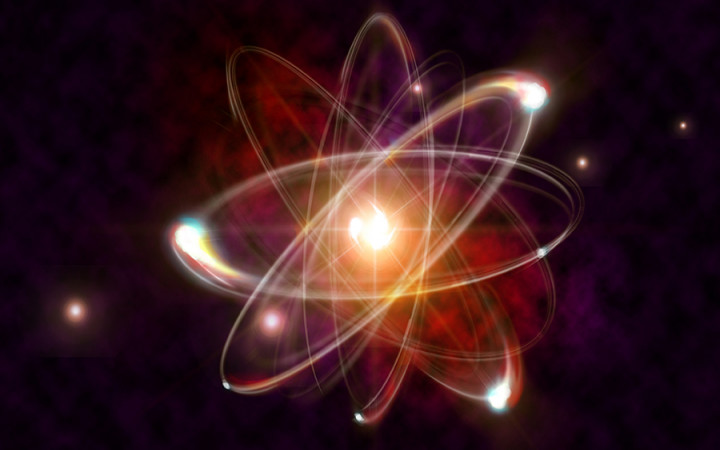Today’s Wonder of the Day was inspired by Zachary. Zachary Wonders, “how do atoms make you?” Thanks for WONDERing with us, Zachary!
The universe really is an amazing place. We have the planets and the Sun in our solar system, which is part of the larger Milky Way galaxy.
Here on Earth, we have tall mountains, deep seas, and miles upon miles of all sorts of land. Over seven billion human beings and an untold number of animals inhabit Earth. And yet all of these things are composed of variations of the same small set of materials we know as elements.
On the smallest scale, we are made up of countless tiny atoms. Too small to see, those atoms combine in an infinite number of ways to make us who and what we are. Likewise, they make up all the matter around us, from mountains and seas to planets and stars.
Why exactly do atoms tend to combine together? Why aren't they happy just hanging out by themselves? As it turns out, it's purely a matter of chemistry.
Atoms form chemical bonds with other atoms when there's an electrostatic attraction between them. This attraction results from the properties and characteristics of the atoms' outermost electrons, which are known as valence electrons.
When two or more atoms chemically bond together, they form a molecule. Sometimes the atoms are all from the same element. For example, when three oxygen atoms bond together, they form a molecule of ozone (O3).
If a molecule forms from atoms of two or more different elements, we call it a compound. A common compound everyone is familiar with results from the chemical bonding of two atoms of hydrogen with one atom of oxygen to form a molecule of water (H2O).
Atoms can chemically bond in many ways. However, there are three primary types of chemical bonds that you'll see most often: covalent, metallic, and ionic.
Covalent bonds form between materials. In a covalent bond, electrons are shared between atoms. The bonds between the two hydrogen atoms and the oxygen atom in a molecule of water are covalent bonds.
As its name implies, a metallic bond occurs between metallic substances. The valence atoms in metals move freely and thus form bonds easily. This is what makes metals good conductors of heat and electricity.
Ionic bonds form between a metal and a nonmetal substance. In an ionic bond, electrons get transferred from the metal to the nonmetal substance. An example of a compound formed with ionic bonds is sodium chloride (NaCl), otherwise known as table salt!





